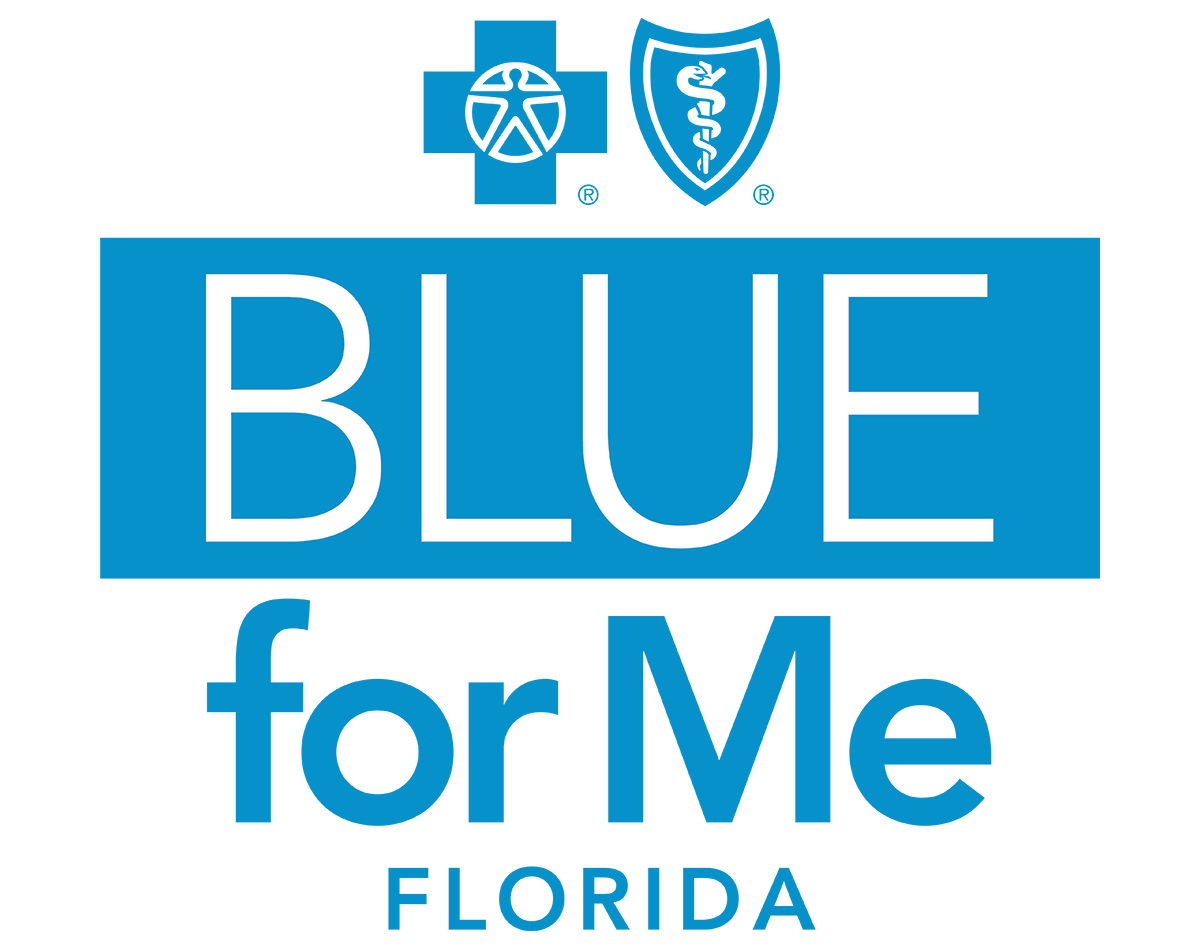7 Smart Caregiving Tips
Learn how to juggle tasks, save money, and care for a loved one — and yourself — with advice from family caregivers who do it every day.

Millions of Americans take care of a loved one who has a serious health condition, according to the National Institute on Aging. Family caregivers spend an average of 23.7 hours per week providing care. If the caregiver lives with their loved one, that number jumps to 37.4. That’s basically a full-time job. It leaves very little time to take care of yourself and your own life’s to-dos. It can take a toll on your mental and physical health as well.
So, what are some ways to get it all done efficiently and affordably? And how can you stay on top of your own well-being? We asked a few caregiving pros to share the secrets they’ve learned along the way.
1. Plan Ahead Before Your Doctor Visits
Rebecca Foreaker, a nurse from Lehighton, Pennsylvania, who cares for her elderly grandmother says, “We write down any questions for the doctors and plan ahead for her visits, and usually schedule any ordered tests ASAP. Dragging it out is more stressful for both the caregiver and their loved one”.
Need help scheduling appointments? Log in to your BlueForMe app, the digital health management tool that comes with your health plan. Your care advocate can help set up your appointment. Plus, you can set automatic reminders. Call 844-730-2583 to see if you’re eligible for BlueForMe today.
2. Take Advantage of Ways to Save Money on Prescriptions
Start by checking your formulary to find out which tier the medications you need are in. (The formulary is the list of drugs your health plan covers. It can usually be found on your health plan’s website.) Then look at your plan’s Evidence of Coverage notice. It can tell you how much you will have to pay for a medication in that tier. In general, tier 1 drugs have the lowest cost, followed by tier 2, with tier 3 being the most expensive. If possible, ask your provider if a comparable medication in a less expensive tier is right for your needs.
The most cost-effective medication option is often a generic version. The name may be different from the brand name, but the active ingredients are the same. Choosing a generic version could save you hundreds of dollars a year. Ask the doctor or pharmacist if the medications you need have a generic alternative.
Does your loved one take a daily prescription medication? If so, look into mail order. Consider getting a 60- or 90-day supply instead of a 30-day supply at a retail pharmacy. It could save you money and time.
3. Organize a Medication Schedule
Making several pharmacy trips can eat up a lot of time. So can trying to track down a lot of mail-order packages. Work with your loved one’s doctor and pharmacist to get all the necessary medications on the same 90-day refill schedule. That way you can pick them all up at once. Or, if you’re using mail order, you’ll only have to watch out for one package. Then turn to a pill organizer. It can help you keep track of daily doses, says Foreaker.
Have questions about your loved one’s medications? Search the private health library on BlueForMe for information and insights from experts, or use the app to connect with your care advocate. Call 844-730-2583 to see if you’re eligible for BlueForMe, today.
4. Take Advantage of Community Resources
There may be organizations in your area that offer services like meal delivery, transportation, or adult activities for people who need them. These services can help take some pressure off caregivers.
“There are many services out there, such as Meals on Wheels of America and adult day services,” says Foreaker. Check with your town or county’s agency on aging or senior services to see what’s available. Also, talk to local religious and church groups. They often offer services for homebound seniors.
Also, don’t forget to find some support for yourself. Look into joining a caregiver or other support group. Talking with others who know what you’re going through can help ease stress. Plus, they may have new ideas and solutions for issues you’re facing.
“I stress to caregivers that they should seek support groups for the illness their loved one is dealing with — for example, stroke, Alzheimer’s, or dementia,” says Jane Korpics, a case manager at Lehigh Valley Health Network in Pennsylvania, who often counsels families in caregiving situations. For support group tips and ideas, check out the AARP website.
5. Let Your Children or other Family and Friends Help When They Can
Foreaker often brings her children to her grandmother’s home. She lets them help with vacuuming or cleaning out the refrigerator. “It gets things done. And she likes giving them a few dollars for it. It makes her feel good,” says Foreaker. It’s also time Foreaker can share with her children, not away from them.
6. Think About Hiring Backup Help
Caregiver burnout is real. “Burnout can affect your mental health, your well-being, and your relationship with your loved one,” says Korpics. It’s important to get backup help so that you can have a break.
“If you can afford it, it’s worth it to bring in a private home health aide, even just once a week,” says Korpics. The rate for a private caregiver in the United States is about $14 to $28 an hour. Some plans like Medicaid also cover a part-time, intermittent home health aide. These aides can give you some much-needed time off to rest, spend time with other loved ones, and reenergize.
Need short-term around-the-clock care? Perhaps you are going on vacation. Or maybe you’re going into the hospital for a procedure. “Skilled nursing and assisted-living facilities offer respite stays of 1 to 2 weeks,” says Korpics. Respite stays that aren’t covered by health insurance or Medicare vary depending on where you live, but they cost an average of $152 a day. Try searching “A Place for Mom” to find respite care in your state.
If you need help paying for respite care, contact the following agencies. They might be able to help you find funding:
- ARCH National Respite Network and Resource Center
- U.S. Department of Health and Human Services: Administration on Aging and Aging and Disability Resource Centers
- Centers for Medicare & Medicaid Services
Being a caregiver can be overwhelming, but you don’t have to navigate caregiving alone. You have access to a Care Team to help you navigate programs for managing stress, depression, and more, at no additional cost to you through your health plan. Call 844-730-2583 to see if you’re eligible for BlueForMe, today.
7. Share Time Beyond Caregiving
“I try to spend time with my grandmother talking about whatever she wants, usually the good old days,” Foreaker says. “She loves it when my children come and entertain her, with their dancing and silliness.”
Staying connected on the little things — beyond their health and your caregiving to-dos — can help keep your bond strong. And it puts you both on an equal footing. Your loved one gets a break from the role of “patient.” And you get a break from working “for” them.
Caregiving is tough and stressful at times. But it’s also very rewarding, Foreaker says. Although her nursing background has helped her prepare, she says that anyone can do it if their heart is in it.
[Sources:]
[1] “Caregiving in the U.S. 2020.” AARP, 2020, https://www.caregiving.org/wp-content/uploads/2020/05/Full-Report-Caregiving-in-the-United-States-2020.pdf. Accessed August 5, 2022.
[2] “Caregiver Statistics: Facts About Family Caregivers.” AgingCare, October 28, 2021, https://www.agingcare.com/articles/who-are-family-caregivers-459287.htm. Accessed August 5, 2022.
[3] “How to Find a Caregiver Support Group That’s Right for You.” AARP, August 31, 2021, https://www.aarp.org/caregiving/life-balance/info-2021/support-groups.html. Accessed August 5, 2022.
[4] “Occupational Employment and Wage Statistics.” U.S. Bureau of Labor and Statistics, May 2021, https://www.bls.gov/oes/current/oes311120.htm. Accessed August 5, 2022.
[5] “Home Health Services.” Medicare.gov, https://www.medicare.gov/coverage/home-health-services. Accessed August 5, 2022.
[6] “Respite Care Costs.” SeniorLiving.org, June 18, 2022, https://www.seniorliving.org/respite/costs/. Accessed August 5, 2022.
[7] “Caregiving.” National Institute on Aging, 2023, https://www.nia.nih.gov/health/caregiving Accessed February 7, 2023.
DISCLAIMER: Florida Blue has entered into an arrangement with Wellframe to provide members with care decision support services, information and other services. This article is provided by Linkwell Health through their arrangement with Wellframe. Please remember that all decisions that require or pertain to independent professional medical/clinical judgment or training, or the need for medical services, are solely your responsibility and the responsibility of your physicians and other healthcare providers. Wellframe is an independent company that provides online services to Florida Blue members through the Blue for Me app.
